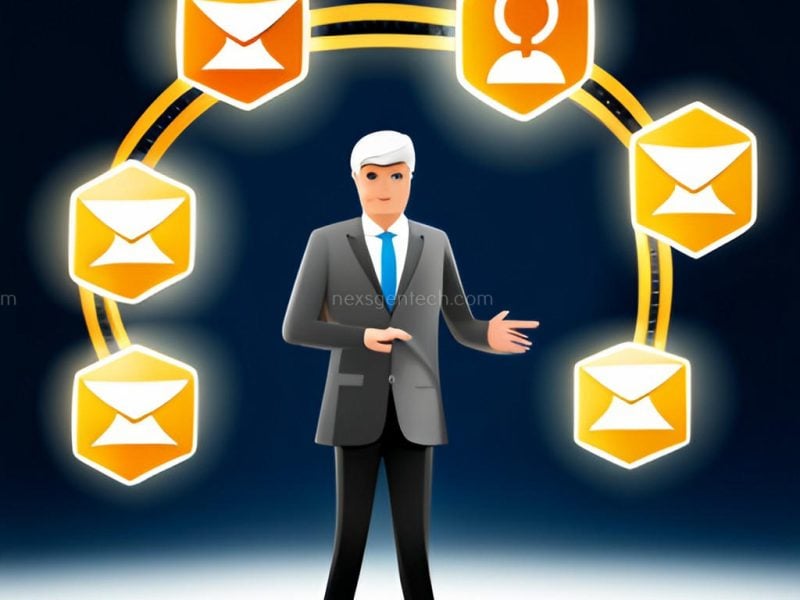Have you ever received an unsolicited email that made you wonder how the sender got your email address? Or an email that promised you great riches or an opportunity that sounded too good to be true? If yes, then you have encountered email spam. Email spam is a form of digital junk mail that is sent to millions of people in an attempt to scam or deceive them. In this blog post, we will discuss what email spam is, how it works, and how you can protect yourself from it.
1. What is Email Spam and How Does It Work?
In simpler terms, email spam can be defined as any unsolicited message sent to a large number of people through email. The primary goal of email spammers is to make money by tricking people into clicking on links, buying fraudulent products, or giving away sensitive information. Email spammers often use automated programs or bots to send a massive number of emails. These emails can be sent from fake email addresses or hacked email accounts. Email spam can include various types of content like ads, viruses, phishing scams, and more.

2. Different Types:
Email spam can vary in content and purpose. Here are some common types of email spam that you need to be aware of:
- Nigerian Scams or 419 Fraud: These scams offer you great wealth if you help the sender move a large sum of money out of a country. They will ask for your bank details, and in return, they will give you a percentage of the money transferred. This is a classic scam that preys on people’s greed.
- Phishing Scams: These scams pretend to be from reputable businesses or organizations to trick people into providing sensitive information like passwords, credit card details, or social security numbers.
- Malware or Virus Scams: These scams try to lure you into downloading attachments or clicking on links that install viruses or malware on your computer. Once infected, your device becomes vulnerable to cyber-attacks, and your data can be stolen or used for malicious purposes.
- Adult Content: These emails often have subject lines that are enticing or provocative and can cause embarrassment or harm.
3. How to Protect Yourself from It:
Email spam can be frustrating and often carries hidden risks. Here are some tips to protect yourself from email spam:
- Use a spam filter: Most email services provide built-in spam filters that can help you filter out unsolicited emails. Make sure to set your spam filters to the highest level of protection.
- Never respond to unsolicited emails: Do not respond to unsolicited emails, click on links or download attachments from unknown or suspicious sources.
- Don’t share your email address on public platforms: Avoid sharing your email address on websites, forums, or public platforms that can be accessed by spammers.
- Check the email address: Always check the email address of the sender. If it looks suspicious or unfamiliar, mark it as spam.
- Be cautious of deals that sound too good to be true: Don’t fall for the tempting deals that promise quick money or a way to get rich. These are usually scams that lure you in to steal your sensitive information.
4. Reporting Email Spam:
You can report email spam to your email service provider or government organizations like the Federal Trade Commission (FTC) that are in charge of monitoring and enforcing anti-spam laws. Reporting spam can help authorities track down the spammers and prevent them from continuing their fraudulent activities.
Conclusion:
Email spam is an annoying and hazardous part of the digital world that we all need to be aware of. By staying informed and following the necessary precautions, you can protect yourself and your personal information from being a victim of email spammers. Remember, always be cautious of unknown or suspicious emails. Use spam filters and report any suspicious activity to your email service provider or relevant authorities. Stay safe online!






